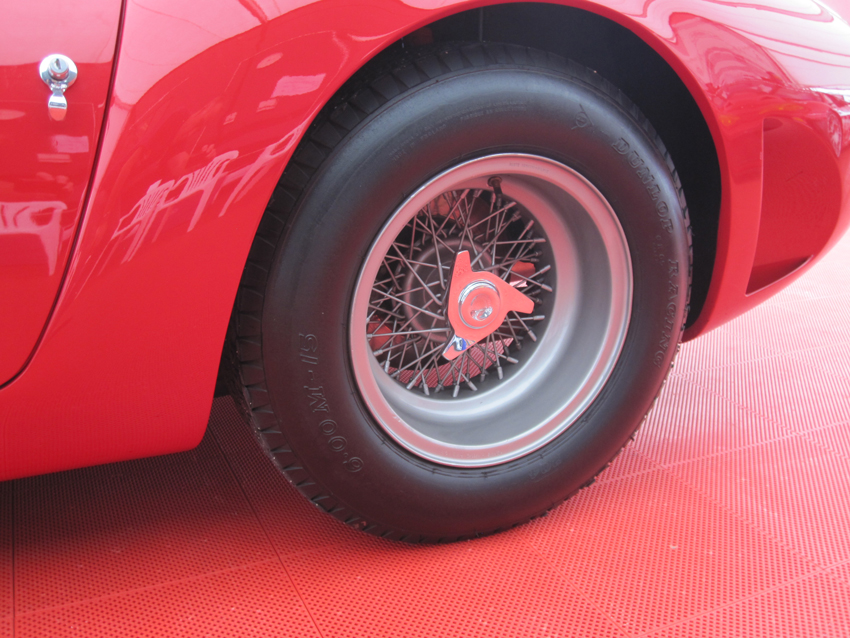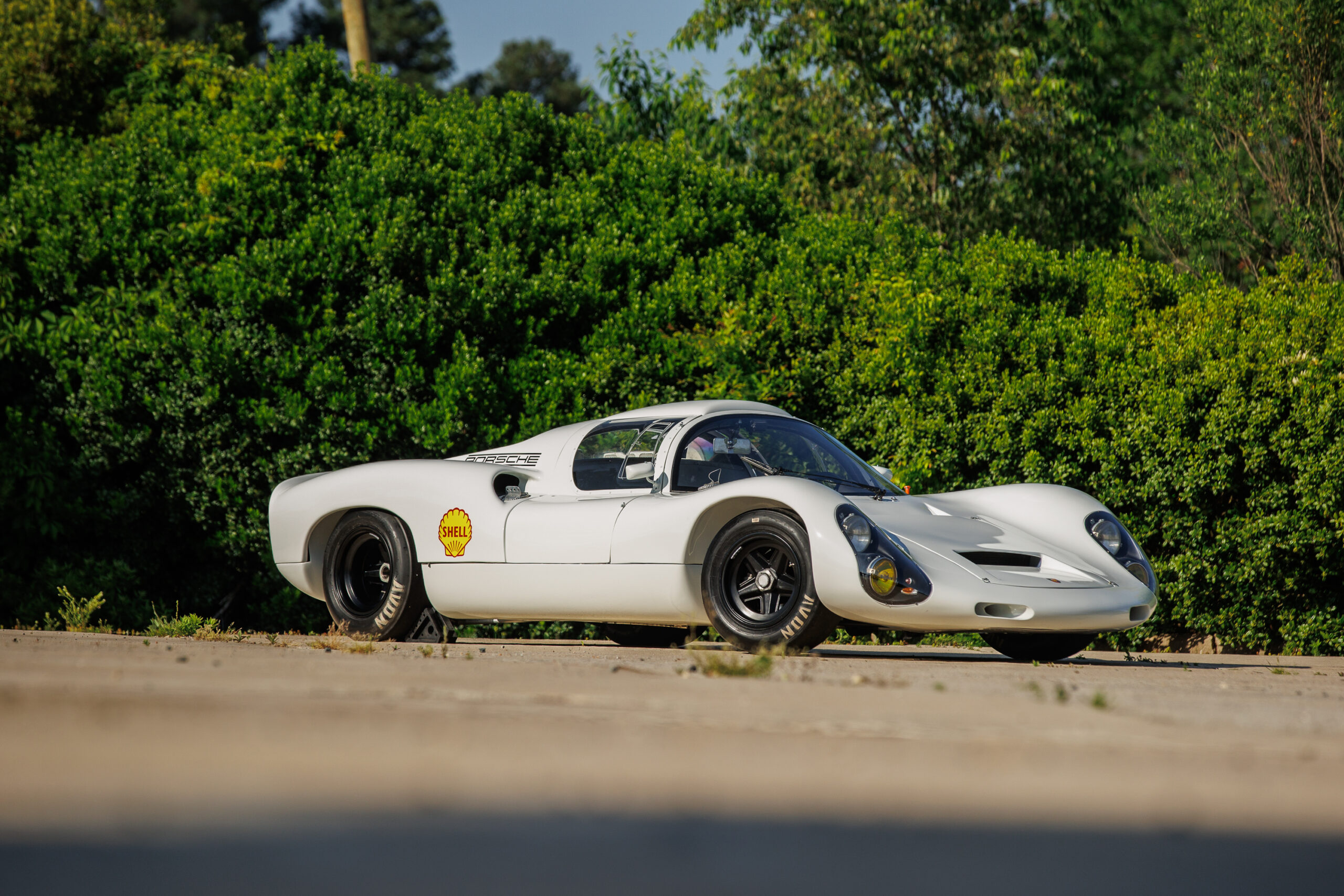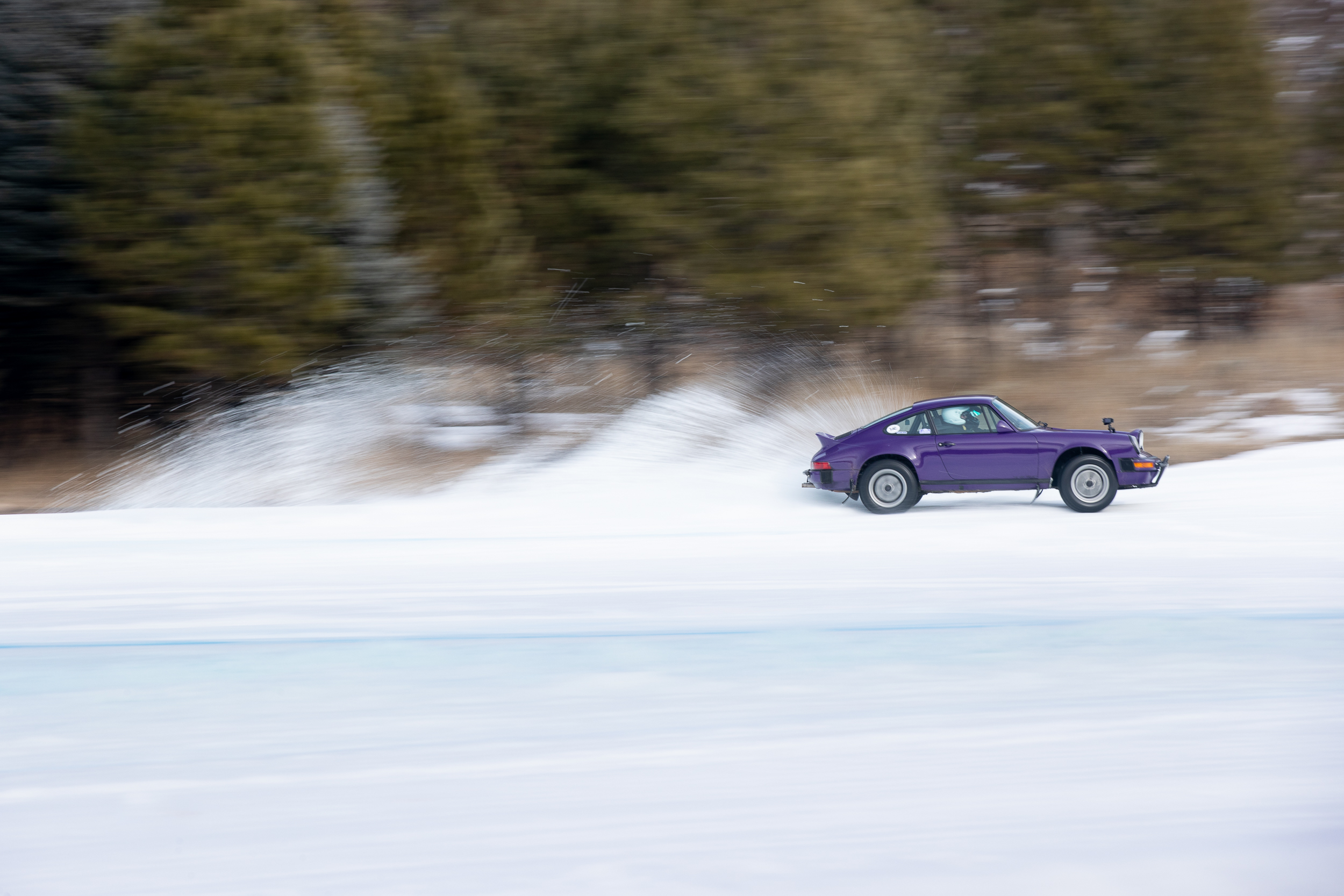At one point every car was original. That was the day it was driven out of the assembly plant. Over the years things were changed. At the very least the original oil and brake fluid were changed for fluids with a modern chemical composition. If the car was actually driven then the brake pads have probably been updated to a more modern friction compound. Today there is no such thing as a truly original car.
We really have a continuum. At one end we have the car as it left the factory decades ago. At the other end of this continuum we have the totally restored car. A totally original car is something akin to finding a unicorn. There is no agreed upon definition as to what constitutes an original car. Each marque defines originality differently
Why does any of this matter? It matters because money is involved. Cars are being advertised as original when they’re not. There are now shops that specialize in the creation of original cars. When money is involved anything becomes possible.
Bloomington Gold
The whole notion of originality began with Dave Burroughs, the founder of Bloomington Gold. Burroughs even copyrighted the term Survivor®. Bloomington Gold rules are pretty specific about what is original. A Survivor® Corvette is significantly unrestored, unrepaired, or unmodified and meets the following requirements:
- Is over 20 years old
- Can pass a road test that is greater than 10 miles
- Retains the original engine
At Bloomington Gold there are three different levels for the Survivor® class.
- Gold – 80% or more unrestored in all 4 sections
- Silver – 66% or more unrestored in all 4 sections
- Bronze – 50% unrestored in three sections.
This is all rather specific and the judging manual leaves very little to doubt.
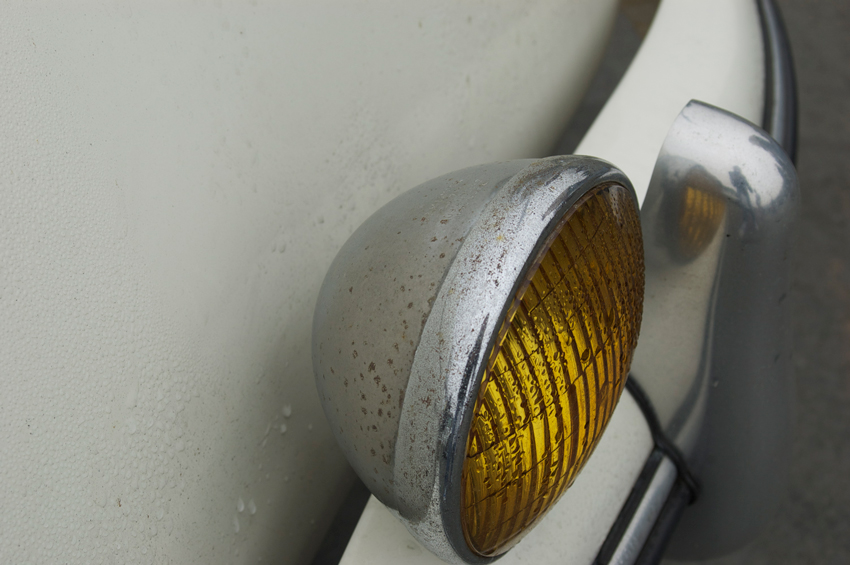
Porsche Club of America
Porsche Club of America has a national judging class for original cars. The PCA uses the term Preservation and it is applied to cars that have been maintained in original condition but at the same time display evidence that the car has been driven and not simply stored. When a Porsche is presented to the judges the owner must present a Kardex, a Certificate of Authenticity, or an original window sticker.
The magic number for the PCA Preservation class is 75 per cent. Any car being judged in the Preservation class must have at least 75 per cent of the original paint, original upholstery and the original carpet. The engine and the transaxle must be the originals that were installed in Germany. The rulebook then goes on to explain that if a car doesn’t meet the 75 per cent criteria “the judge may ask the owner for further explanation.”
PCA is somewhat flexible as to what constitutes originality. They’re especially so in the use of reproduction parts. Ron Gordon, who chaired the 2015 Porsche Club of America competition, advises judges that as long as a reproduction part is close to the original part it’s acceptable and no demerits should be taken.
Another interesting aspect of PCA evaluation is that there are no road tests or operational tests. Gordon points out that “the only operational test is that a car be driven onto the show field under it’s own power.” The lights and gauges need not be operational. PCA judging is almost entirely cosmetic.
One huge difference between Corvette and Porsche examination is how one gets an award. Porsches are judged against each other. The role of the judges is to determine who has the most original car. There can only be one winner.
Corvettes are judged against a standard. The judges’ role is to determine how well a car meets the standard for originality. Corvettes do not compete against each other. They are measured against some clearly defined standards. At Bloomington Gold any number of cars may take home the top award. At the PCA meet, the judges declare one car to be superior to all the others.
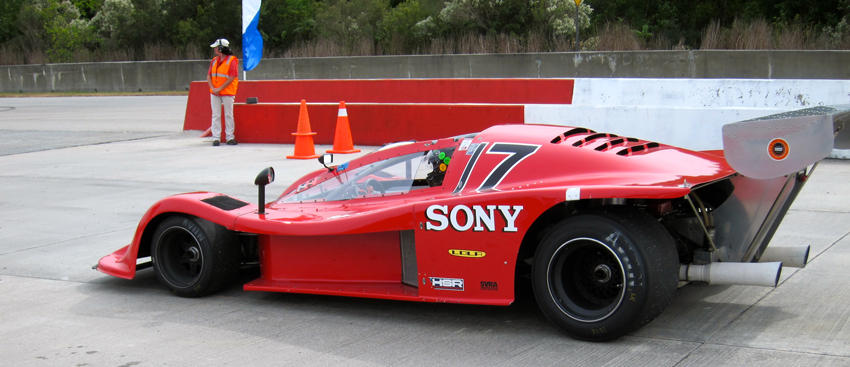
Ferrari Cub of America
The Ferrari Club of America has a National Classic Preservation Award® for Ferraris that are more than thirty years old. You’ll notice that similar to Bloomington Gold, the Ferrari Club of America has registered their award’s name as a trademark.
The FCA judging manual asks judges to consider “How close is this car to being a reference standard as a significant teaching and learning tool for the model?” FCA believes that “there is inherent value to the Ferrari community in preserving a car without modification or restoration to serve as a standard for the future.”
The objective in preservation judging is to identify those cars that come closest to the way they looked and functioned when new. The club recognizes “Cars are original only once and they begin to deteriorate the moment they leave the factory.” Whenever possible cars should “only receive such maintenance and preservation as is necessary.” A complete restoration should only be done as a last resort.
The Ferrari Cub of America judging manual adds “Models that exhibit rarity or historical significance are particularly desired but these factors are not considered other than for use as a tiebreaker in close scoring situations.
FCA also has a bonus for the car’s age.
- 1970 – 1978 +1
- 1960 – 1969 +2
- 1950 – 1959 +3
They also have a deduction system based on the degree of restoration that has taken place.
- Less than 10% (near perfect) 0 points deduction
- 10% to 30% (good) 1-point deduction
- 30% to 60% (fair) 2-point deduction
- Greater than 60% (not preserved) 3-point deduction
Mileage and use are not considered factors in the judging process. Replacement batteries, tires, and hoses are acceptable in the Preservation® class. Judges are instructed to add a half point bonus for original tires. At the same time, though, they are told to “make allowances for the deterioration and inoperability of some components.”

The interesting point is that all three marques are striving to reach the same goal. All three clubs are attempting to make the preservation of originality a goal. Also, all three organizations admit there is no such thing as an original car today. The goal is to preserve what is left of the originality.
